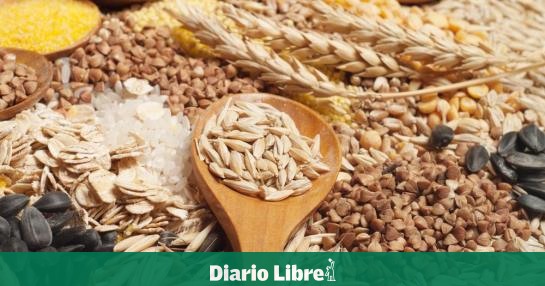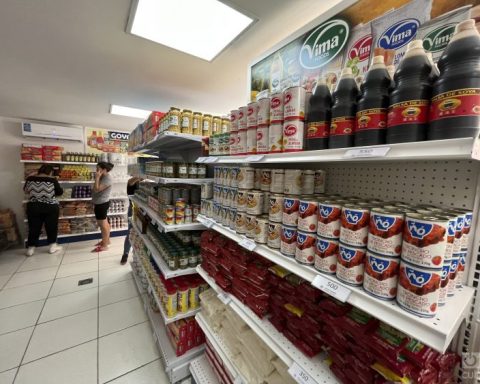The world price index for foods of the Food and Agriculture Organization of the United Nations (FAO) reached a new record in February with an average of 140.7 points, that is, 3.9% more than in January and 24.1% more than a year ago.
In a note, the United Nations body stressed that the rise weighed above all the price index of the vegetable oilswhich increased by 8.5% from the previous month and thus reached a new record, driven mainly by the increase in the prices of palm, soybean and sunflower oils.
The sharp increase in the vegetable oil price index was mainly due to sustained global import demandwhich coincided with some supply-side factors, notably reduced palm oil export availabilities in Indonesia, the world’s largest exporter, lower soybean production prospects in South America, and concerns about reduced exports of sunflower oil due to disturbances in the Black Sea region.
On the other hand, the commodity price index dairy products of the FAO in February was 6.4% higher than in January, driven by lower-than-expected milk supplies in Western Europe and Oceania, as well as persistent import demand, especially from North Asia and the Middle East.
The price index of the cereals of the FAO increased by 3.0% from the previous month, due to the increase in coarse grain prices, as international corn prices increased by 5.1% as a result of a combination of continued concerns about the situation of crops in South Americathe uncertainty in relation to corn exports from Ukraine and rising export prices for wheat.
world wheat prices they increased by 2.1%, mainly due to uncertainty about total supply flows from Black Sea ports.
The meat price index FAO increased by 1.1% since January, as international beef prices reached a new record in the context of strong global import demand and limited supplies of ready-to-slaughter cattle in Brazil, as well as high demand for livestock rebuilding in Australia.













